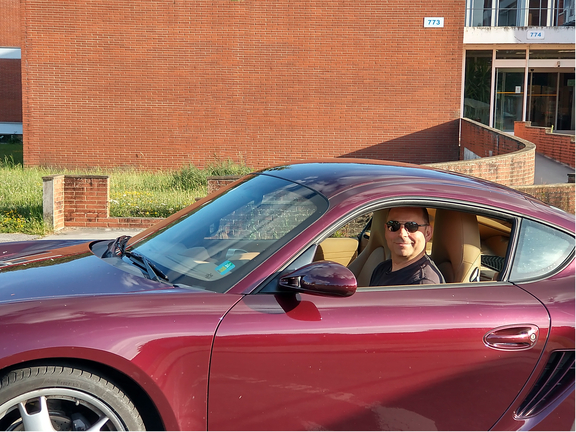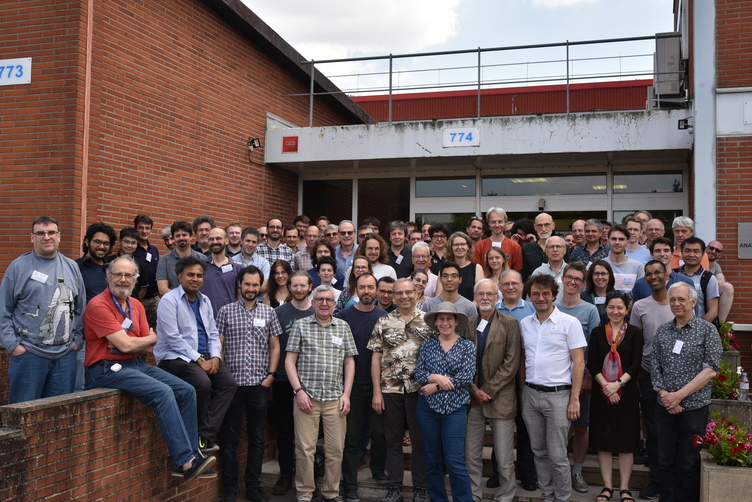At the crossroads of physics and mathematics : the joy of integrable combinatorics (Philippe60)
Amphithéâtre Bloch
Institut de Physique Théorique, CEA Paris-Saclay
At the crossroads of physics and mathematics : the joy of integrable combinatorics — A conference in the honor of Philippe Di Francesco's 60th birthday

The conference took place at the Institut de Physique Théorique (IPhT), CEA Paris/Saclay, on June 24-26, 2024. It focused on Philippe's many research interests : conformal field theories, integrable systems, random matrices, enumerative and bijective combinatorics, bidimensional quantum gravity, tilings and arctic curves, cluster algebras... The list of speakers includes :
- Gernot Akemann (Bielefeld University & University of Bristol)
- Guillaume Barraquand (LPENS, CNRS/École normale supérieure)
- Denis Bernard (LPENS, CNRS/École normale supérieure)
- Philippe Biane (LIGM, CNRS/Université Gustave Eiffel)
- Antoine Bourget (IPhT)
- Mireille Bousquet-Mélou (LaBRI, CNRS/Université de Bordeaux)
- Filippo Colomo (INFN, Florence)
- Patrick Dorey (Durham University)
- Sergey Fomin (University of Michigan)
- Amihay Hanany (Imperial College)
- Richard Kenyon (Yale University)
- Christian Krattenthaler (Universität Wien)
- Charlotte Kristjansen (Niels Bohr Institute, Copenhagen University)
- Sanjay Ramassamy (IPhT)
- Nicolai Reshetikhin (Tsinghua University)
- Hubert Saleur (IPhT)
- Didina Serban (IPhT)
- Alexander Shapiro (University of Edinburgh)
- Andrea Sportiello (LIPN, CNRS/Université Sorbonne Paris Nord)
- Lauren Williams (Harvard University)
The recordings are now available on the IPhT YouTube channel.
The organizing committee consists of : Jérémie Bouttier, Camille Flouret, Emmanuel Guitter, Rinat Kedem, Laure Sauboy, Paul Zinn-Justin, Jean-Bernard Zuber.
We acknowledge financial support from IPhT (CEA, CNRS), FMJH, FRIF, IMJ-PRG, UFR de Mathématiques/Sorbonne Université, ANR COMBINÉ and ANR Dimers.
You may download the poster of the conference. Here is some practical information.


